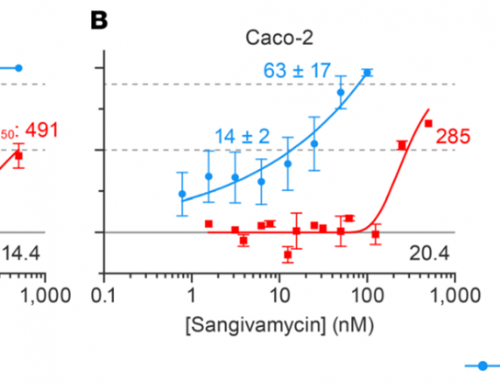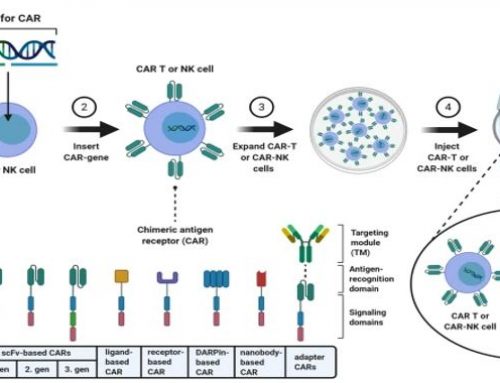A common hypothesis concerning the pathogenesis of Parkinson’s neurodegeneration suggests that cytoplasmic dopamine (DA) is converted to the auto-toxic 3,4-dihydroxyphenylacetaldehyde (DOPAL), which is neutralized by aldehyde dehydrogenase (ALDH). NIH researchers studied whether rotenone, a substance typically used to create in vitro models of Parkinson neurodegeneration, inhibits ALDH function. PC12 cells were exposed to various concentrations of rotenone in the presence or absence of F-dopamine. Catecholamine metabolism was then measured. The Cellometer maintained cell counts throughout experimentation. Rotenone increased DOPAL while decreasing dopamine levels in cell culture, but in a test tube, the DOPAL to DOPAC conversion by ALDH was not affected by rotenone. The authors used the data generated by this study to propose a novel mechanism of action for the selective dopaminergic toxicity of rotenone
Cellometer participates in study to ascertain rotenone mechanism of action
By Polly Mitchell|2021-06-15T19:43:33+00:00December 15th, 2015|Categories: Cellometer, Cellometer User Publications, Instrument|Tags: Cellometer, NIH, Parkinson's|0 Comments






Leave A Comment